Apple just killed the iPhone SE, replacing it with something bigger, better, and packed with more modern features. The iPhone 16e ditches the old-school design for a large OLED display, a more advanced camera system, and Face ID, making it the most dramatic upgrade in Apple's budget lineup yet.
Announced on Feb. 19, the iPhone 16e isn't just a visual refresh — it also introduces Apple's first in-house 5G modem, the C1, which promises improved power efficiency and a more Apple-controlled connectivity experience over the last-used Qualcomm modems. It finally abandons the Lightning port in favor of USB-C, adds an Action Button for quick shortcuts, and doubles the base storage. Apple Intelligence support also brings generative AI-powered tools like Genmoji, Image Wand, and Writing Tools to the mix.

While this is a major step up from the third-gen iPhone SE, it also comes with trade-offs. The iPhone 16e drops nano-SIM support, lacks ProRes video playback, and removes DC-HSDPA for 3G connectivity (though that won't matter much as carriers phase out 3G networks). And unlike the rest of the iPhone 16 lineup, it misses out on mmWave 5G and Dynamic Island — but that's expected given its place in the lineup.
So, how does it compare to its predecessor and other family members? Let's break it down.
Benefits over the last iPhone SE model
Compared to the third-generation iPhone SE model released in 2022, the iPhone 16e has the following benefits:
Basics
A18 chip vs. A15 Bionic
Water resistance of up to 6 meters deep (IP68) vs. up to 1 meter (IP67)
Action button instead of the Ring/Silent switch
Face ID instead of Touch ID
Storage starts at 128 GB vs. 64 GB
Storage maxes out at 512 GB vs. 256 GB
USB-C port instead of Lightning
Slightly larger body:
5.78 in. high vs. 5.45 in.
2.82 in. wide vs. 2.65 in.
0.31 in. deep vs. 0.29 in.
5.88 oz. vs. 5.09 oz.
A larger battery with:
Up to 26 hours video playback vs. up to 15 hours
Up to 21 hours streamed video playback vs. up to 10 hours
Up to 90 hours audio playback vs. up to 50 hours
High dynamic range gyro sensor vs. three-axis gyro
High-g accelerometer to power Crash Detection vs. regular accelerometer
Dual ambient light sensors vs. a single ambient light sensor
Display
A larger 6.1-inch display vs. 4.7 inches
Super Retina XDR display vs. Retina HD display
HDR display
Ceramic Shield front glass vs. regular front glass
All-screen OLED display vs. widescreen LCD with IPS
Higher 2,532 by 1,170 pixels resolution vs. 1,334 by 750 pixels
Higher 460 ppi pixel density vs. 326 ppi
2,000,000:1 contrast ratio vs. 1,400:1
800 nits peak brightness vs. 625 nits
1,200 nits peak HDR brightness
Software features
Apple Intelligence support:
Visual Intelligence (accessible via the Action button or Control Center)
Improved Siri:
Apple Intelligence powered
The new Type to Siri shortcut
ChatGPT integration

More safety and communication features:
Emergency SOS via satellite
Crash Detection
Roadside Assistance via satellite
Find My via satellite

Rear camera system
48 MP Fusion 2-in-1 camera system vs. 12 MP Main single camera system
Super high-resolution photos (24 MP / 48 MP)
2x optical zoom
Photonic Engine
Smart HDR 5 vs. Smart HDR 4 for photos
Night mode
4K Dolby Vision video recording
Audio zoom
Spatial audio recording
Wind noise reduction
Audio Mix

Front camera
TrueDepth front camera vs. FaceTime HD camera
12 MP camera vs. 7 MP camera
ƒ/1.9 aperture vs. ƒ/2.2 aperture
Photonic Engine
Smart HDR 5 vs. Smart HDR 4 for photos
Animoji and Memoji
Night mode
4K Dolby Vision video recording
1080p Dolby Vision video recording at up to 60 fps vs. 1080p HD at up to 30 fps
Slo-mo video recording
Cinematic video stabilization for up to 4K vs. up to 1080p
Cellular/wireless
Superfast 5G with 4×4 MIMO (multiple input, multiple output) vs. 5G with 2×2 MIMO
Gigabit LTE with 4×4 MIMO vs. LTE Advanced with 2×2 MIMO and LAA
Bluetooth 5.3 vs. Bluetooth 5.0
NavIC (Navigation with Indian Constellation)
Stores 8 or more eSIMs vs. up to 2
Playback
Spatial audio playback vs. stereo playback
Dolby Atmos audio support
HDR with Dolby Vision video playback vs. Dolby Vision
What the iPhone 16e doesn't get
Things you don't get from other iPhone 16 series models (iPhone 16, iPhone 16 Plus, iPhone 16 Pro, and iPhone 16 Pro Max) include:
Basics
A faster A18 Pro chip with 6-core GPU [Pro models only]
Camera Control button
USB 3 support for faster data transfers [Pro models only]
MagSafe wireless charging
Qi2 wireless charging
Lidar scanner [Pro models only]
ProRes video playback
Display
ProMotion [Pro models only]
Dynamic Island
Always-On display [Pro models only]
1,000 nits peak brightness
1,600 nits peak HDR brightness
2,000 nits peak outdoor brightness
1 nit minimum brightness
Rear camera system
Camera Control button
Ultra-wide lens with 0.5x optical zoom
Telephoto lens with 5x optical zoom [Pro models only]
Sensor-shift for optical image stabilization
Macro photography
Next-generation portraits with Focus Control
Night mode portraits
Latest-generation Photographic Styles
Spatial photos
Apple ProRAW [Pro models only]
4K Dolby Vision video recording at 100 fps and 120 fps [Pro models only]
1080p Dolby Vision video recording at 120 fps [Pro models only]
Cinematic mode
Action mode
Spatial video recording
ProRes video recording [Pro models only]
Log video recording [Pro models only]
Academy Color Encoding System [Pro models only]
Macro video recording
Slo-mo 1080p video recording at 240 fps
Slo-mo 4K Dolby Vision video recording [Pro models only]
Second-generation optical image stabilization
Studio-quality four-mic array [Pro models only]
Front camera
Next-generation portraits with Focus Control
Latest-generation Photographic Styles
Cinematic mode
ProRes video recording
Cellular/wireless
DC-HSDPA support (but only because 3G is getting phased out)
mmWave 5G support (which operates in the 24–100 GHz spectrum for faster speeds and lower latency)
Second-generation Ultra Wideband chip
Thread networking technology
Precision dual-frequency GPS
How much does it cost?
The iPhone 16e is not quite as cheap as the third-generation iPhone SE when it was released. While the iPhone SE (3rd Gen) started at $429, the iPhone 16e starts at $599. Take into account inflation and the iPhone 16e is still over $100 more. Compared to the last iPhone SE, the highest-storage option is 55% more expensive. This is partly because of having twice as much storage since the iPhone SE maxed out at 256 GB.
$599 for 128 GB
$699 for 256 GB
$899 for 512 GB
When will it be released?
The iPhone 16e will hit "store" shelves on Feb. 28 but will be available to preorder starting Feb. 21.
Preorders start Feb. 21
Available on Feb. 28
Don't Miss: Apple Intelligence: The Features We're Still Waiting for on iPhone, iPad, and Mac
Cover image via Apple.



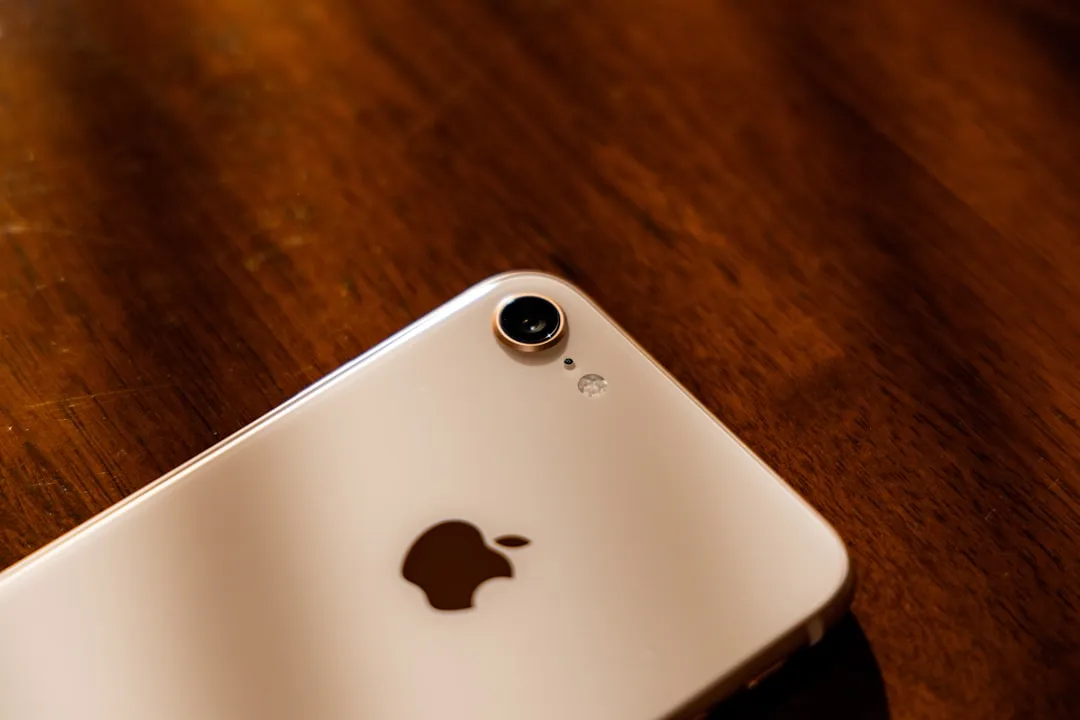
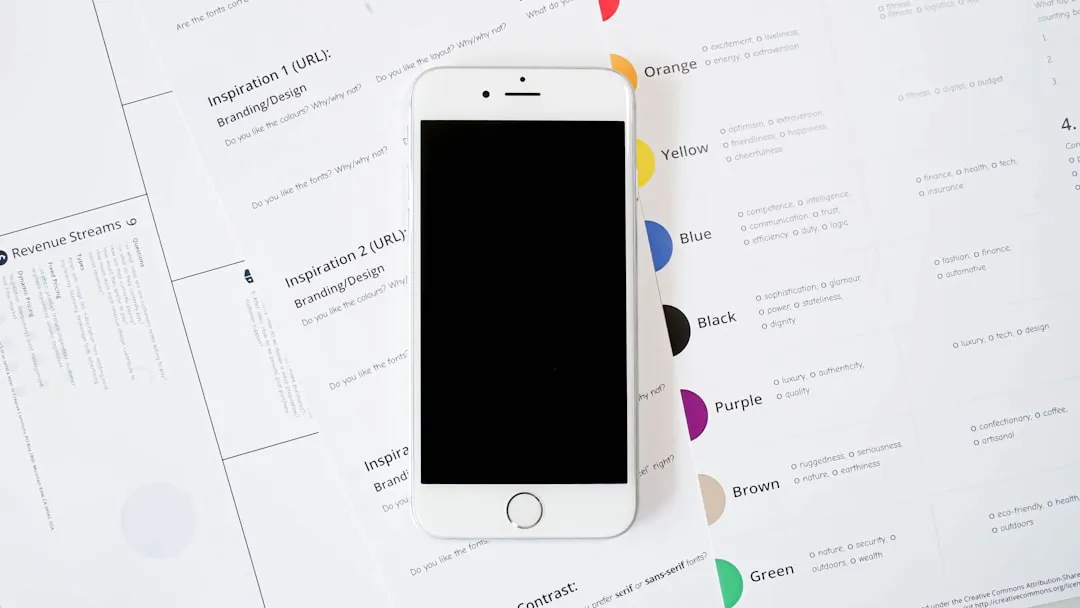


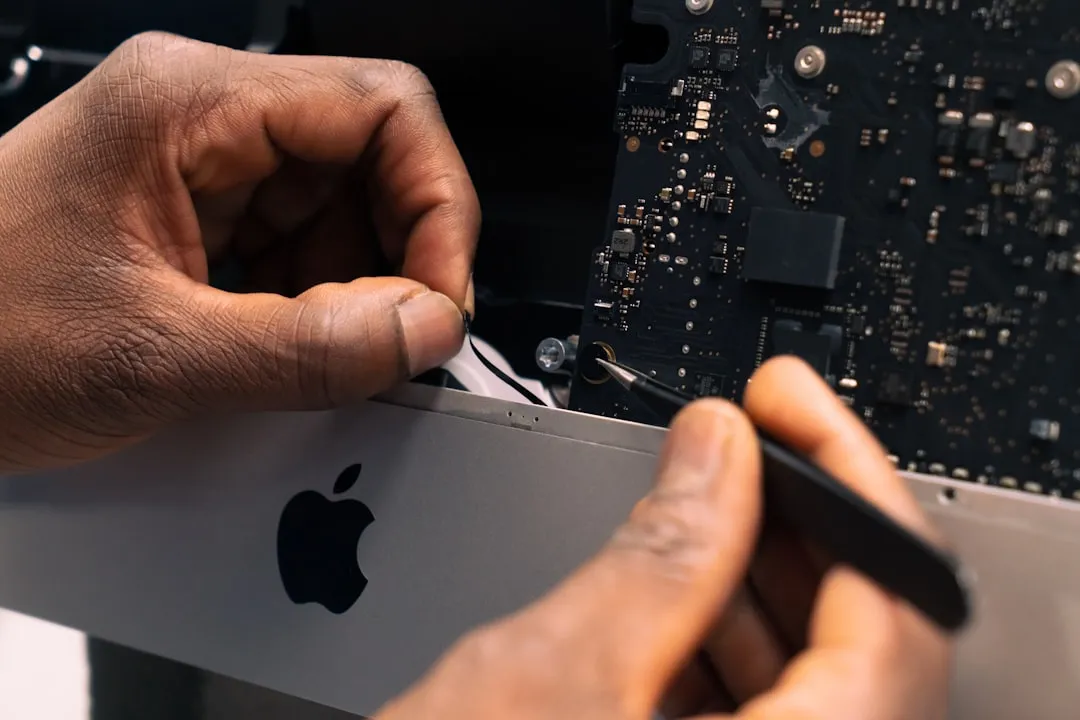
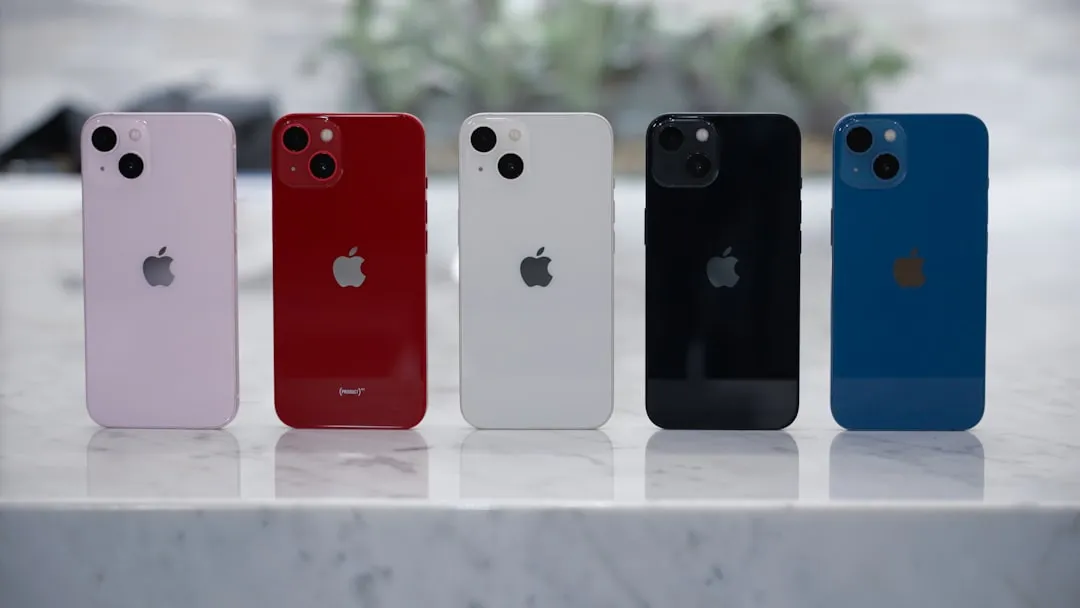
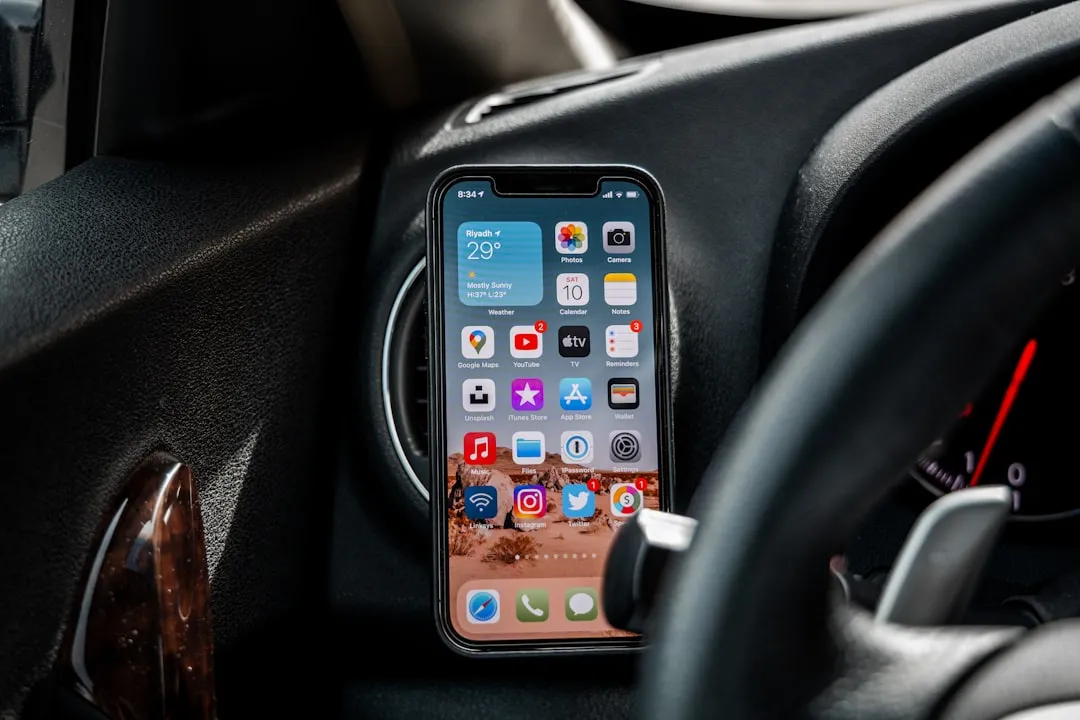

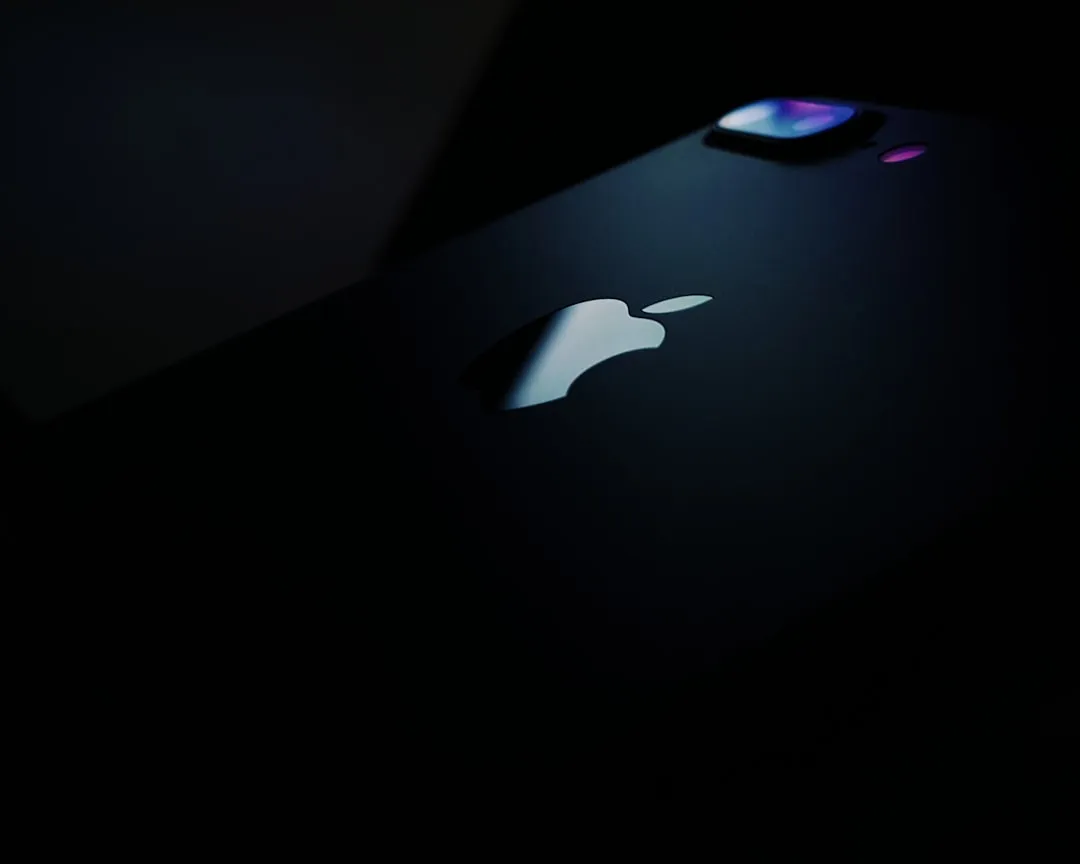
Comments
Be the first, drop a comment!